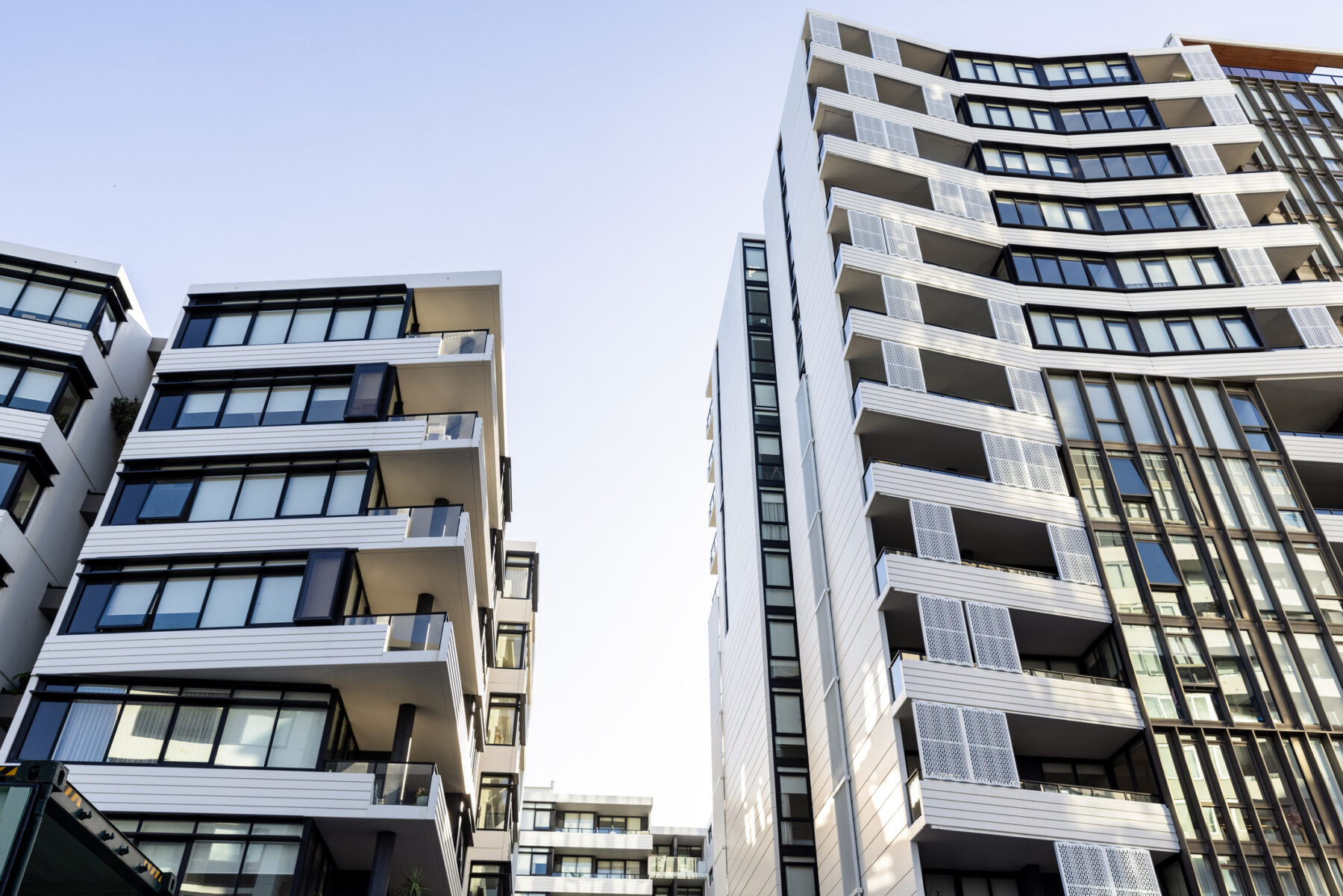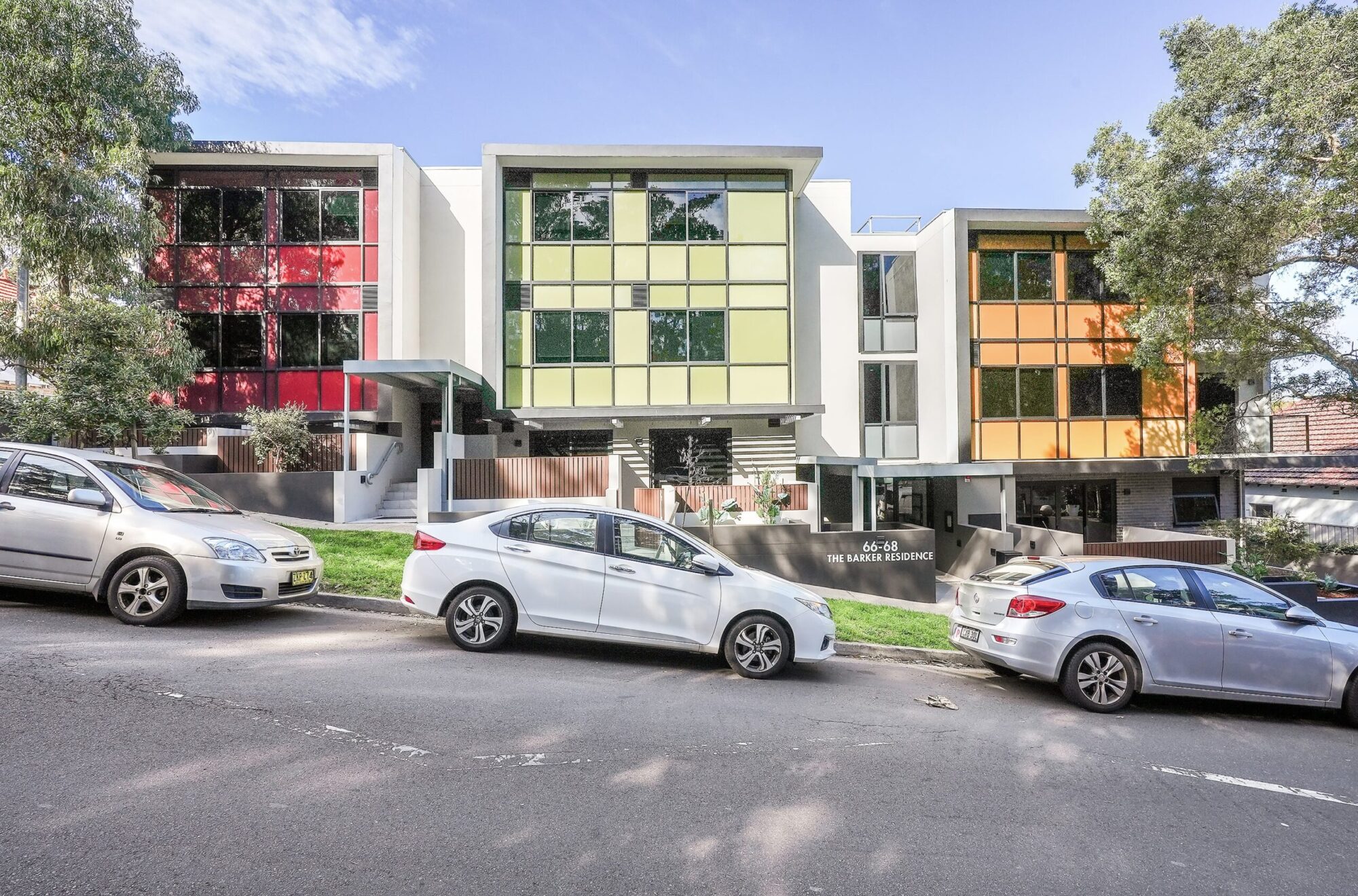
Greater clarity about federal and state housing policies and new tax incentives are spurring momentum in Australia’s build-to-rent (BTR) sector. Despite this lowering of the commercial barriers to BTR, many developers and investors still lack confidence. Unlike traditional build-to-sell (BTS) developments where the focus is on upfront sales revenue, BTR projects demand a different perspective, where long-term control of ongoing capital and operational costs is crucial for ultimate financial viability and long-term sustainability.
Thinking long term, right from the start
Developers and owners of BTR properties need to forecast a range of metrics to be able to determine what rents will be required to balance their ongoing property costs and achieve their desired return on investment.
BTR facilities must be designed with a clear focus on long-term costs as well as maintaining the right level of quality and amenity to attract and retain tenants.
Detailed reviews during the project design stage could prevent costly problems before they become entrenched. For example, by prioritising systems with straightforward maintenance, easy access, and manageable compliance and warranty requirements, designers can enhance the long-term success of the BTR outcome.
Asset knowledge and cost analysis are key to smarter decisions
To gain confidence in the success of a BTR project, the fundamental asset management strategy of knowing your assets becomes paramount. Investing early in a detailed asset register is the foundation for understanding value – now and into the future.
The asset register supports asset tax depreciation schedules, helps to inform cost-effective maintenance procurement, and enables identification of assets with statutory compliance obligations. It also provides a means of monitoring costs at a granular level to aid decision making on future projects and, as a tracking document, can support ongoing calibration of lifecycle modelling. Another key advantage of the asset register is facilitating sales if used as a due diligence tool for prospective buyers.
Whole-of-life costing is a powerful tool for modelling and forecasting the expenditure required for preventive and corrective maintenance over the asset’s lifespan. It’s important to consider the expected replacement cycles, ongoing inflation and cost escalation, while also considering opportunities for cost-saving measures.
Through informed whole-of-life cost analysis, developers and owners can make strategic decisions that balance capital expenditure with ongoing operational efficiency. For example, while high-performance HVAC systems may have a higher upfront cost, their lower energy consumption and extended lifespan could result in substantial savings over time. Similarly, using durable, low-maintenance materials may reduce long-term costs of repair and replacement and minimise tenant disruption.
Comprehensive condition assessments underpin certainty
Maintaining accurate asset knowledge is a continuous process. The evolving condition of all the building’s assets needs to be regularly assessed and documented in the asset register, which becomes a living document making it a dynamic, up-to-date resource. An effective way to ensure that the overall condition of the building’s assets is regularly updated is for contractors who are undertaking planned maintenance activities to report on the ongoing condition of assets using a standard metric of condition grading.
Condition assessments should not only cover the building’s mechanical, electrical and plumbing (MEP) systems and its fire safety and compliance, but ideally should extend to the building’s energy performance, structural integrity and resilience too.
For prospective buyers or sellers of an established BTR property, transparent and detailed condition assessments will build greater confidence in the current condition and value of the BTR property, supporting a realistic estimate of what it may cost to keep the property in good condition over the longer term and underpinning credible projections of when that spending should occur.
Digital asset management tools build confidence
The rise of BIM, digital twins, IoT sensors and predictive analytics is revolutionising proactive building maintenance – which is key to maximising a BTR property’s value over time. Going digital allows property managers to identify potential failures before they escalate into costly repairs. By consolidating maintenance history, energy performance data and repair trends, investors and property managers can make more informed decisions about their capital expenditure and operational strategies.
Going digital can also enhance the tenant experience, facilitating smoother collaboration and information flow between tenants and facility managers.
Derisking BTR for a resilient asset class
When a BTR property is thoughtfully designed, well constructed, appropriately maintained, and continues to align with tenant expectations, it is on a solid foundation for stable, long-term financial appreciation.
BTR investors who fully understand all the assets that make up the facility – supported by rigorous condition assessments, whole-of-life methodologies and digital tools – can have greater certainty and confidence of achieving their desired returns from investing their capital in the BTR sector, while also providing more options for renters in Australia’s housing crisis.
About the author
Joshua Knaggs is WT’s Asset & Facilities Management Lead in Victoria and an Associate Director. Joshua has a keen focus on data-driven decision making to help maximise asset performance and align asset management practices with business objectives. He has a strong focus on large-scale commercial and residential projects, delivering expert asset management advisory services.






